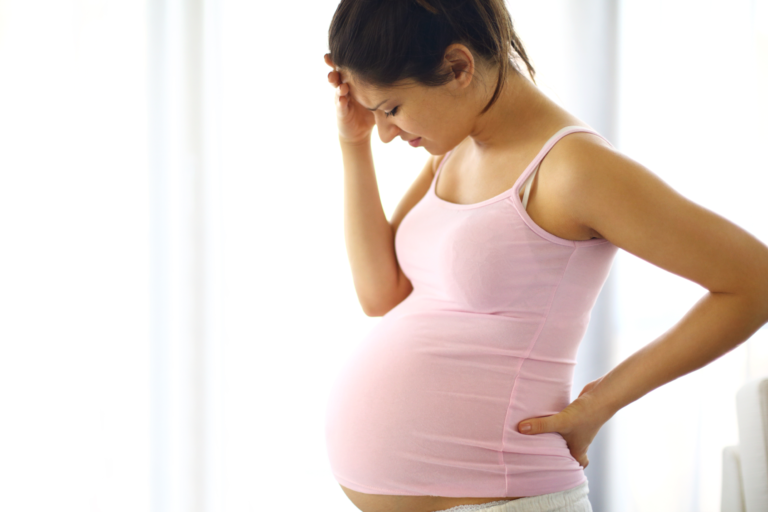Pregnancy and Postpartum
Pregnancy & Postpartum
From the first signs of pregnancy until the time you give birth, your body goes through some major changes. These changes can create discomfort, weakness and sometimes pain in different parts of the body. And contrary to the popular belief, you do not have to put up with all the discomfort for 9 months.
Post partum is the period of recovery for your body and development for your baby and is extremely important for your long-term health. This is the time when your body is trying to find a new equilibrium. Not only is it trying to recover from the strains of pregnancy and childbirth, it is also under the constant and new demands of childcare.
Pregnancy and post partum PT aims to address these issues and most patients experience relief.

Pregnancy
Back and pelvic pain
Lower back pain is extremely common in pregnant women and is often multifactorial. It often is driven by hormonal changes of pregnancy coupled with weight gain , postural changes and biomechanics deviations. o learn proper body mechanics and postural corrections while performing
Pubic Symphysis pain or separation
Driven by hormones that cause laxity of tissues in pelvis, pubic pain is sharp and experienced at the lower end of belly and is often sharp and sudden in nature. It causes difficulty in walking, climbing stairs and getting in/out of bed
Round Ligament Pain
Round Ligament is a ligament of uterus which often gets stretched and strained as the uterus is pushed to its limits by the growing baby. Pain can be dull or sharp and experienced at the lower belly region, either on one or both sides.
Tailbone Pain
Pelvic floor attaches to tailbone on the inner side of pelvis and often causes pain with the growing baby. Pain is experienced as dull ache or numbness around the tailbone region, especially with sitting. Addressing tailbone pain is not only necessary for comfort but also useful in improving outcomes of labor/delivery.
Postpartum
Urinary Incontinence
Compromised bladder control is a common complaint duringpregnancy but can continue after childbirth. Often, the leaking happens with coughing,sneezing, running, etc. but can happen with almost any activity of daily life. One of theprimary causes is the weakness of pelvic floor muscles. With the trauma of childbirth and physiological changes of pregnancy, these muscles often become weak and are unable to perform efficiently.
Pelvic Organ Prolapse
During pregnancy and childbirth, ligaments of abdominal cavity and pelvic floor muscles structures often undergo chemical changes and get “stretched out” or become weak. As a result, the pelvic organs ( bladder, bowel, uterus) can descend or droop outside the vaginal opening. The usual symptoms reported by women are a feeling of heaviness, fullness, or a bulge in the vaginal opening.
A combination of postural correction, lifestyle modifications, core and pelvic floor strengthening can help manage these symptoms.
Diastasis Recti
In simple terms, it is separation of the superficial layer of abdominal muscles due to excessive intra-abdominal pressure. Women usually notice a protruding belly or a “pouch/bulge” which is most evident right after childbirth. It might be noticeable only when the abdominal muscles are tense, such as during coughing.
A comprehensive core strengthening program is usually successful in managing these symptoms.
Lower Back Pain
Lower back pain is extremely common in new mothers and often multifactorial. All of the conditions explained above can compromise core stability and contribute to lower back pain. In addition to that, demands of childcare like frequent lifting, carrying, and breastfeeding, etc. can put repetitive stress on joints in the spineand pelvis.
It is important to learn proper body mechanics and postural corrections while performing childcare to avoid continuous injury to the body
